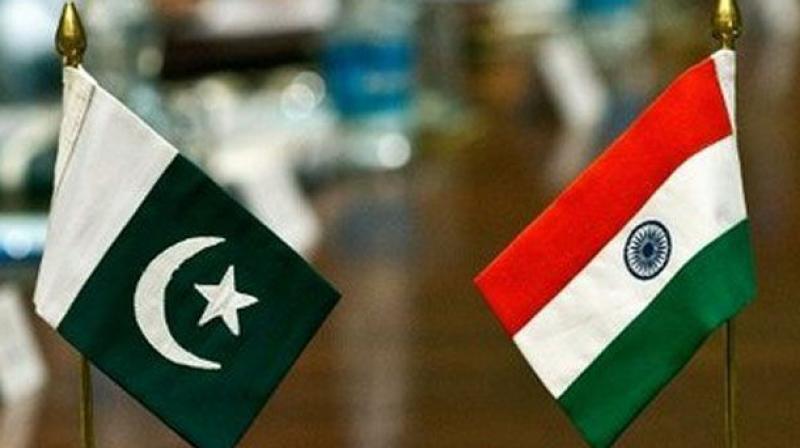View from Pakistan: Back channel the only way for India, Pak
One major change from the past is that the military option is truly obsolete.

As if the Panama Papers and Dawn report weren’t enough, the Pakistan prime minister also has some explaining to do regarding Indian business tycoon Sajjan Jindal’s visit to Pakistan last week. The controversy isn’t surprising, given past accusations of Sharif’s softness for the Indian business world. And yet, it is unfair to paint Jindal’s audience with Nawaz Sharif with the same brush as the other scandals. The meeting couldn’t have been about private interests. Sharif wouldn’t have risked a meeting at such a precarious time for his government unless he was sure he had his bases covered. He would have known that Jindal arrival with a delegation and drive to Murree would not remain under wraps for long. The establishment had to have been on board. So what’s this all about? Likely, it is the latest attempt by India and Pakistan to get back to talks. While this is out of sync with the heated rhetoric emanating from New Delhi and Islamabad of late, I am not surprised at the initiative itself: no matter which way the leadership of these two countries comes at the problem, the indisputable fact is that India and Pakistan cannot serve their ultimate national objectives by ignoring each other in today’s global environment. One major change from the past is that the military option is truly obsolete. Neither side can fight their way to a Kashmir solution. The latest reminder of the futility of forcing the issue through non-diplomatic means was provided by the controversy surrounding the Uri attack and India’s ‘surgical strikes’ that followed.
A lesson you draw is that both sides lost. Terrorist attacks in the disputed territory bring Pakistan nothing but international humiliation — now with threats of international sanctions — and India learnt that its use-of-force options are all but non-existent. Meanwhile, risks of escalation in a nuclear environment are ever-present. But there are broader, strategic reasons for engaging. Pakistan has spent much of its existence trying to “look west”; ally with external powers to stay outside India’s orbit of influence; fought wars; and used asymmetric means to settle scores. It hasn’t worked. Instead, India is building a decisive military and economic advantage in this equation. More of the same would, therefore, be suicidal for Pakistan. For India too, the equation sans Pakistan will always be suboptimal. Encouragingly — and this may explain why the Jindal meeting was permissible — I find increasing evidence of this reality sinking in among the Pak-India establishments. One change in Pakistan especially is discernible — you don’t find nearly as much pushback to the basic idea that Pakistan’s future lies in a connected South Asia. The debate now is on how, when, and on what terms, not why. The timing of Jindal’s visit also suggests that decision-makers on both sides are mature enough to recognise the need to isolate tactical problems from strategic pursuits. What is next? Despite positive change, I don’t expect much. Talks must go on, but both leaderships would have to tread carefully.
By arrangement with Dawn

